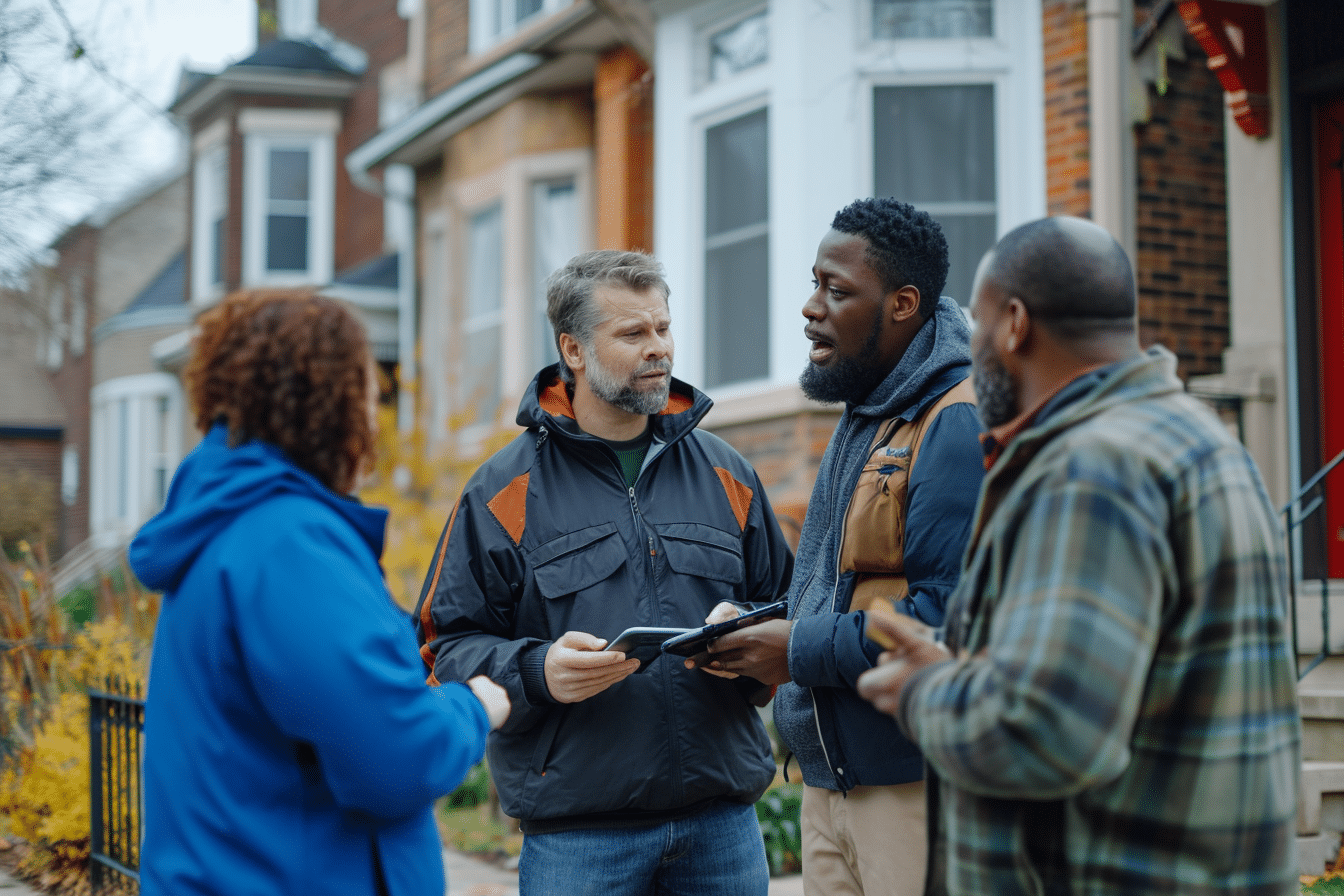
Benefits of Neighborhood Watch: Boosting Safety and Community Vibes
The concept of neighborhood watch has been around for decades, but with the ever-evolving landscape of crime and community needs, its importance has never been greater. Neighborhood watch programs, based on the premise that a well-informed and vigilant community can play a crucial role in deterring criminals and keeping everyone safe, have proven to be effective in reducing crime rates and fostering a sense of community cohesion. These programs encourage neighbors to work together and empower individuals to take charge of their own safety while fostering valuable partnerships between law enforcement and the public.
In order to establish a successful neighborhood watch, it is essential to understand the core principles behind it and explore various implementation strategies that suit the unique demands of each community. Beyond simply keeping an eye on the neighborhood, modern programs are utilizing advanced technology and techniques to broaden their capabilities and address various challenges that might arise during their operations.
Moreover, neighborhood watch programs extend beyond immediate crime prevention measures. By fostering collaboration and networking among community members, these initiatives can bring additional benefits, such as increasing civic engagement, enhancing local pride, and contributing to an overall improved quality of life for residents.
Key Takeaways of the Benefits of Neighborhood Watch
- Neighborhood watch programs reduce crime rates and encourage community cohesion.
- Utilizing advanced techniques and technologies, modern programs address various challenges and extend beyond traditional crime prevention measures.
- Benefits include increased civic engagement and an improved quality of life for community members.
Core Principles of Neighborhood Watch
Establishing a Community Focus
A significant aspect of the Neighborhood Watch program is fostering a strong sense of unity among neighbors. By establishing a community-focused mentality, neighbors can work collectively to enhance their awareness of potential issues and help prevent crime. The goal is to improve the overall quality of life for everyone in the neighborhood.
One way to achieve this is by organizing regular neighborhood meetings, where residents can discuss local concerns and plan activities to boost community engagement. Simple gestures, such as greeting one another and exchanging contact information, can go a long way in fostering a sense of belonging and mutual support.
Building Trust and Cooperation
In addition to cultivating a sense of unity, it’s crucial to establish trust among the members of the Neighborhood Watch. Neighbors must be willing to cooperate and communicate effectively with one another, as well as with local law enforcement.
To build trust in the community, members can participate in events like neighborhood cleanups, block parties, and crime prevention education sessions. Engaging with local law enforcement, attending National Neighborhood Watch meetings, and sharing relevant information and resources can also enhance trust and cooperation between neighbors and the police.
By following these core principles, the Neighborhood Watch program can create a more secure, connected, and close-knit community.
Implementing a Neighborhood Watch Program
Organizing the First Meeting
The key to a successful neighborhood watch program is to begin with an engaging and well-planned first meeting. Here are some tips for organizing the initial gathering:
Find a suitable location: Choose a comfortable, neutral venue, such as a community center, school, or library.
Spread the word: Share information about the meeting throughout the neighborhood using flyers, social media, and word of mouth.
Prepare an agenda: A clear agenda will help maintain focus during the meeting. Some suggested points to include are: introductions, the purpose of the neighborhood watch program, and a discussion on potential safety concerns.
Invite guest speakers: Local police officers, community leaders, or experienced neighborhood watch members can offer valuable advice and support at the first meeting.
Developing Effective Leadership
Strong leadership is essential in guiding the neighborhood watch program toward its goals. Here are a few steps to take when developing leadership within the group:
Select a leader: Choose a trustworthy and committed individual who demonstrates good communication and organizational skills.
Establish a committee: Creating a committee with diverse talents will provide valuable input and share the workload.
Outline roles and responsibilities: Defines the specific duties of each committee member to ensure a smooth operation of the program.
Provide ongoing support: Encourage and support the leader and committee members by offering training and resources to help them grow in their roles.
Building Partnerships with Local Law Enforcement
A strong partnership with local law enforcement is an essential component of an effective neighborhood watch program. Here are some ideas to foster this relationship:
Invite police officers to meetings: Regular attendance of law enforcement at meetings will help build trust and facilitate communication.
Coordinate with local police: Discuss concerns, share information, and collaborate on ways to reduce crime and improve safety in the neighborhood.
Attend law enforcement events: Encourage all members to participate in events and training sessions organized by the police to strengthen knowledge and connections.
Recognition and appreciation: Show gratitude to law enforcement for their partnership and efforts by acknowledging their achievements and assistance.
By following these steps, a neighborhood watch program can lay the foundation for a safer, more connected community.
Benefits of Active Surveillance
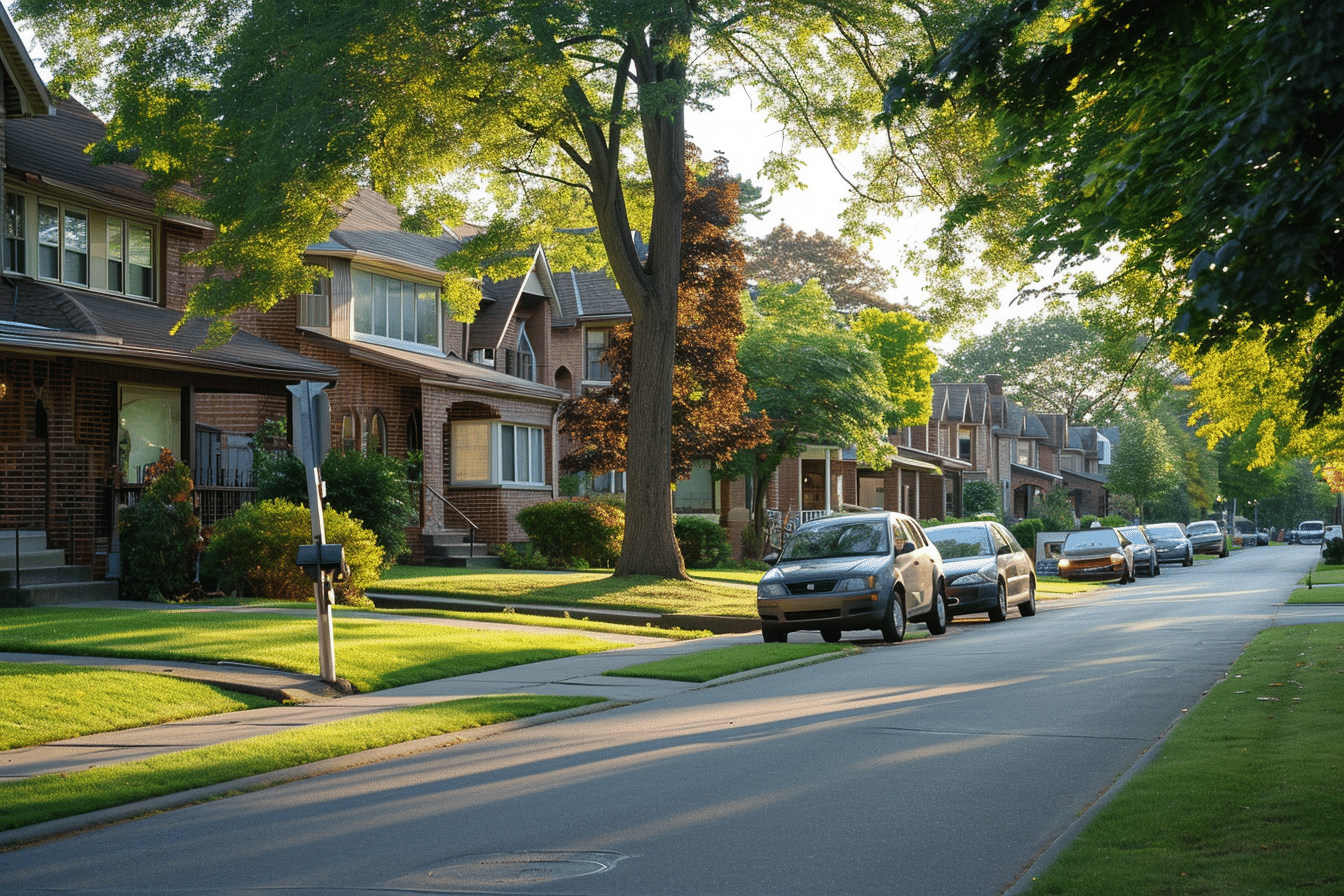
Reducing Crime and Enhancing Security
Active surveillance through neighborhood watch programs can have a significant impact on making communities safer. These programs create a sense of unity among residents, who are more likely to be aware of their surroundings and work together to prevent crime. Participants in neighborhood watch programs often develop strong bonds with one another, enhancing the overall security of the area.
One of the key advantages of neighborhood watch initiatives is crime prevention. Through increased vigilance and collaboration, residents can effectively address issues like burglaries, graffiti, and other criminal activities. Studies have even shown that these programs can result in a notable reduction in crime rates.
Deterrence of Suspicious Activities
Neighborhood watch programs not only aid in crime reduction but also serve as a deterrent for suspicious activity. By establishing a watchful community of residents, would-be criminals or vandals may think twice before engaging in illegal acts. More eyes on the street lead to an increased likelihood of being caught, making these areas less appealing for criminals.
The presence of an active neighborhood watch also encourages people to be more proactive in ensuring their home security. Members of the community can share tips on how to better secure their homes and educate each other on recognizing suspicious activities. These programs can also benefit from law enforcement support providing educational resources on crime prevention. The Benefits of Setting Up A Neighborhood Watch In Your Community offer valuable insights on this topic.
Overall, active surveillance provided by neighborhood watch programs equips communities with the means to proactively combat crime and deter suspicious activities. These efforts not only help reduce crime rates but also create safer and more connected communities for all residents.
Community Involvement and Empowerment

Communication Strategies
Effective communication is essential for an organized and empowered neighborhood watch. A combination of traditional and modern methods like community meetings, social media, and phone tree ensures all community members are connected. For instance, social media platforms provide a quick way to share updates on suspicious activities and educate community members on safety tips. On the other hand, phone trees create a chain of communication among neighbors, especially for those not on social media.
Training and Resources
A successful neighborhood watch program must provide sufficient resources and training to its members. Offering workshops and sharing materials on crime prevention and self-defense empowers the community, as it ensures everyone is informed on community safety strategies. Here is a list of potential resources to consider:
- Online training materials: Provide members with access to tutorials and informative articles on crime prevention and personal safety.
- Community meetings: Organize regular sessions for members to discuss current issues and develop an action plan to address them.
- Collaboration with law enforcement: Work closely with local authorities to get their support and guidance on effective strategies and best practices.
Crime Prevention and Awareness Programs
Implementing crime prevention and awareness programs within the neighborhood watch is crucial to achieve community safety. These programs educate community members on how to identify potential risks and offer practical safety tips to reduce criminal activities. A few examples are:
- Alerts and bulletins: Distribute regular updates on crime rates and trends to keep everyone informed and vigilant.
- Safety workshops: Host workshops that teach self-defense techniques and offer advice on how to stay safe both at home and on the streets.
- Household assessments: Coordinate with local law enforcement professionals to offer home security evaluations, helping residents understand vulnerabilities and potential improvements.
By following these guidelines, neighborhood watch programs can create an empowered community that takes charge of its safety and well-being.
Advanced Techniques and Technologies
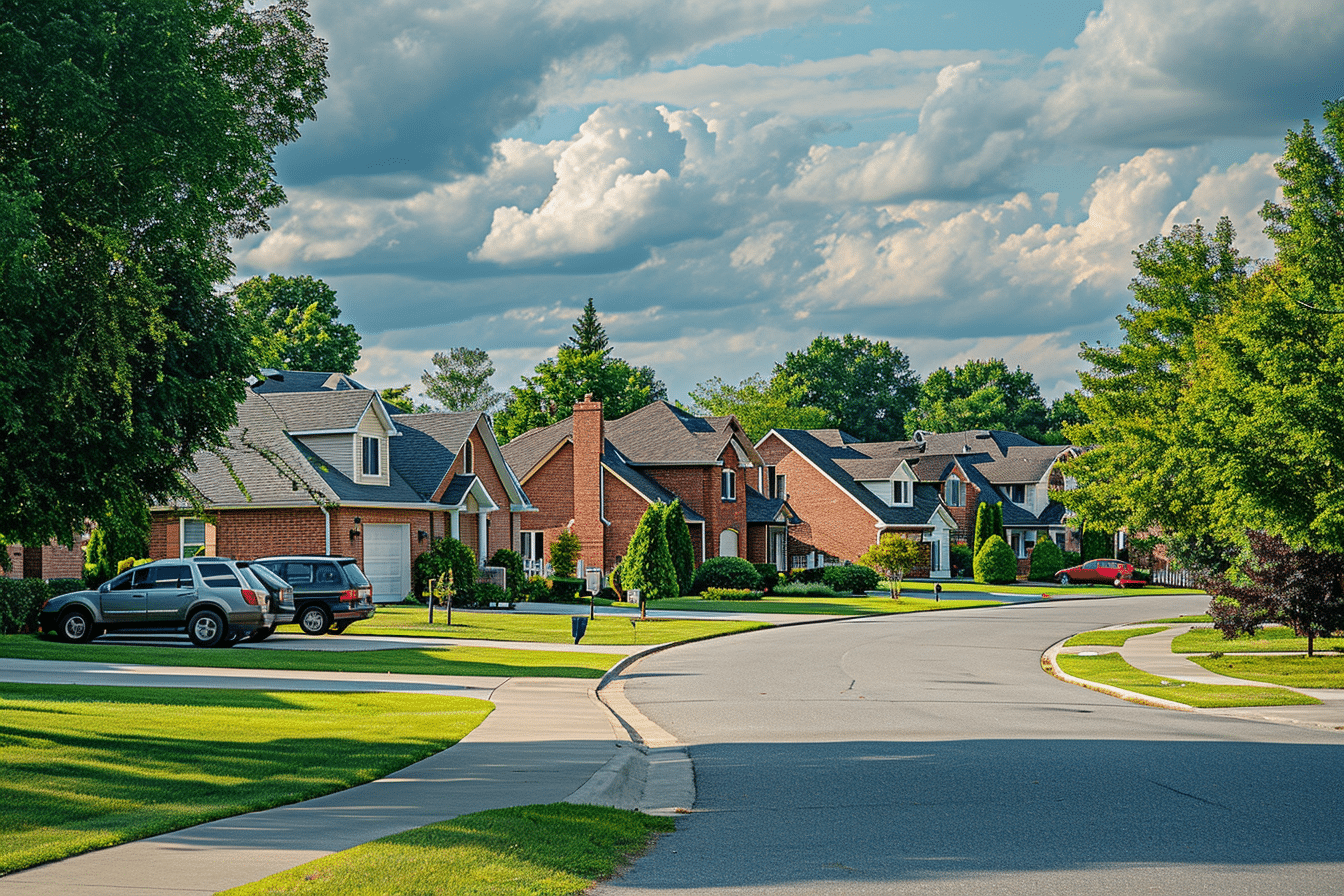
Neighborhood watch groups are increasingly utilizing advanced techniques and technologies to improve their effectiveness. This involves embracing new tech tools and harnessing the power of social media platforms for collaboration and communication.
Adopting New Technologies
As technology advances, it provides new opportunities for neighborhood watch groups to be more efficient and effective. One popular tool is the use of surveillance cameras, which can be strategically placed throughout the neighborhood, providing valuable footage in case of incidents. Another option is to use smart home security systems, with features like motion detectors and alarms. These can be easily accessed and controlled using a smartphone or computer, making them user-friendly and efficient.
In addition to cameras and security systems, creating a neighborhood watch website can help keep everyone informed and organized. This can serve as a hub for sharing resources, meeting schedules, and updating members about potential threats in the area.
A well-maintained website will include:
- A calendar of meetings and events
- Important contact information for local authorities
- Links to resources for crime prevention and community safety
- A forum for sharing information and concerns
Leveraging Social Media
Social media platforms have become an essential part of many people’s daily lives, and neighborhood watch groups can use them to their advantage. Platforms like Facebook, Nextdoor, and WhatsApp allow community members to easily collaborate and share information in real-time. These platforms facilitate the rapid dissemination of information, such as suspicious activity or the location of a lost pet.
Most social media platforms provide the option to create private groups, which keeps conversations secure and ensures that only approved members can access the shared information. This provides a safe space for neighbors to discuss concerns and work together to solve problems.
When using social media, neighborhood watch groups should:
- Encourage responsible sharing of information and images
- Maintain a tone of respect and collaboration
- Use secure, private groups to protect members’ privacy
- Keep discussions focused on community safety and relevant topics
Ultimately, the incorporation of advanced techniques and technologies into neighborhood watch initiatives can greatly enhance communication and collaboration among community members, promoting a safer living environment for all involved.
Challenges and Solutions
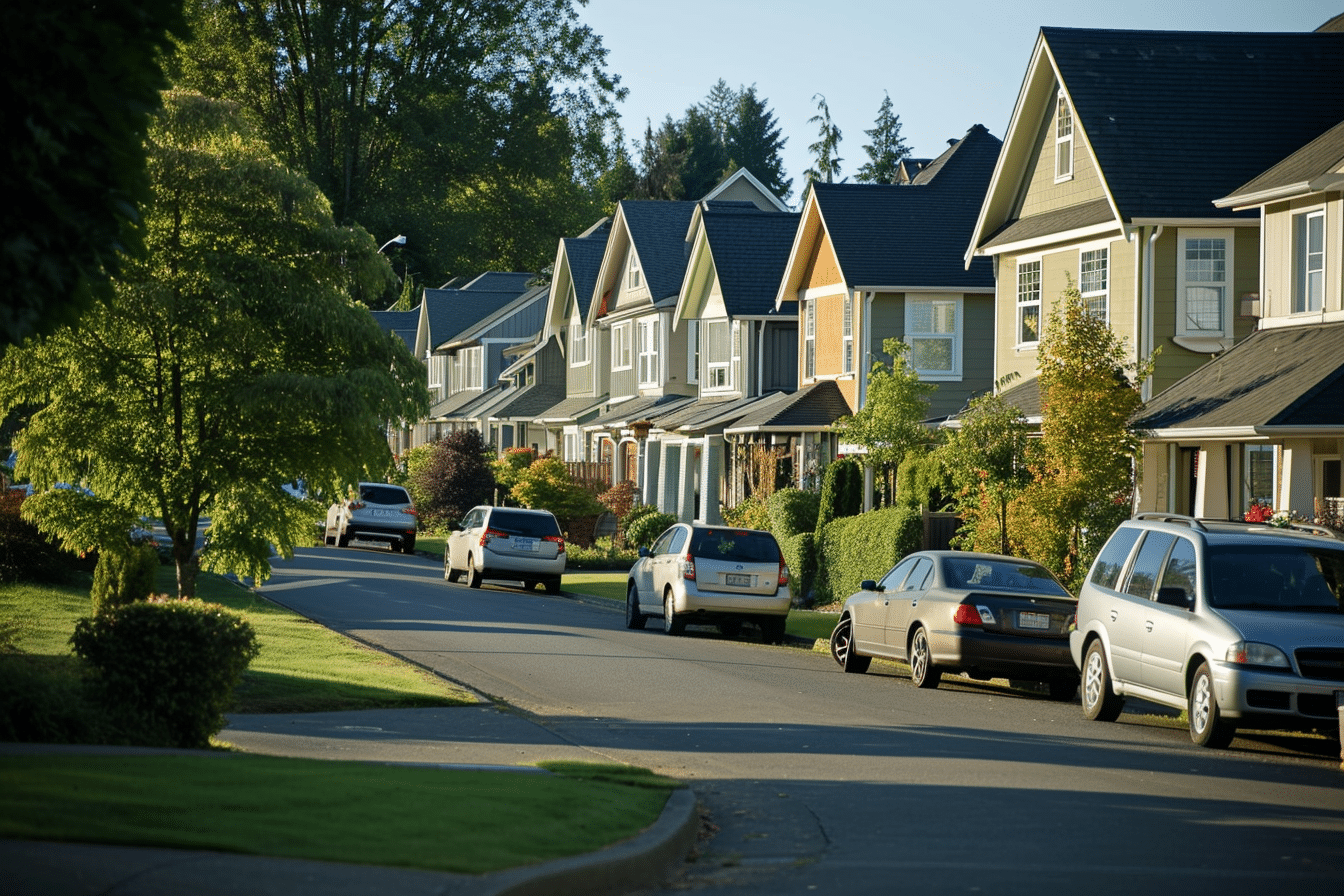
Addressing Vigilantism
Neighborhood watch programs can sometimes unintentionally encourage vigilante behavior. It’s essential to remind members of their role in observing and reporting, not taking the law into their own hands. One solution is to provide clear guidelines and regular training to emphasize the importance of working together with law enforcement. Another measure is to establish consequences for those who engage in unapproved actions.
Establishing a relationship between the watch group and local law enforcement can provide valuable guidance and help prevent vigilantism. It could involve:
- Inviting officers to attend and speak at meetings
- Collaborating on safety initiatives
- Reporting suspicious activities directly to the police
Ensuring Diversity and Inclusivity
A successful neighborhood watch should embrace diversity and inclusivity. This means welcoming members from all backgrounds, regardless of race, gender, age, or socioeconomic status. To achieve this, the group should:
- Actively reach out to all community members
- Host meetings in accessible, neutral locations
- Offer translation services or materials in multiple languages if needed
Creating subcommittees for specific concerns or populations can also improve inclusivity. For example, a senior citizens’ committee could address their unique safety needs, while an LGBTQ+ committee can focus on issues faced by that community.
Managing Privacy Concerns
Privacy concerns can arise in any group setting, and neighborhood watch groups are no exception. To handle such concerns, the group should establish guidelines for communication, reporting, and the use of surveillance equipment. These guidelines may include:
| Topic | Suggested Actions |
|---|---|
| Sharing personal information | Limit sharing of personal information to essentials, such as names and contact numbers |
| Surveillance cameras | Ensure that cameras do not intrude on private spaces or violate local laws |
| Social media | Use closed groups or private online forums to minimize public exposure |
In conclusion, the challenges of vigilantism, diversity and inclusivity, and privacy concerns can all be managed through clear guidelines, regular training, and open communication among members and local law enforcement.
Extended Benefits
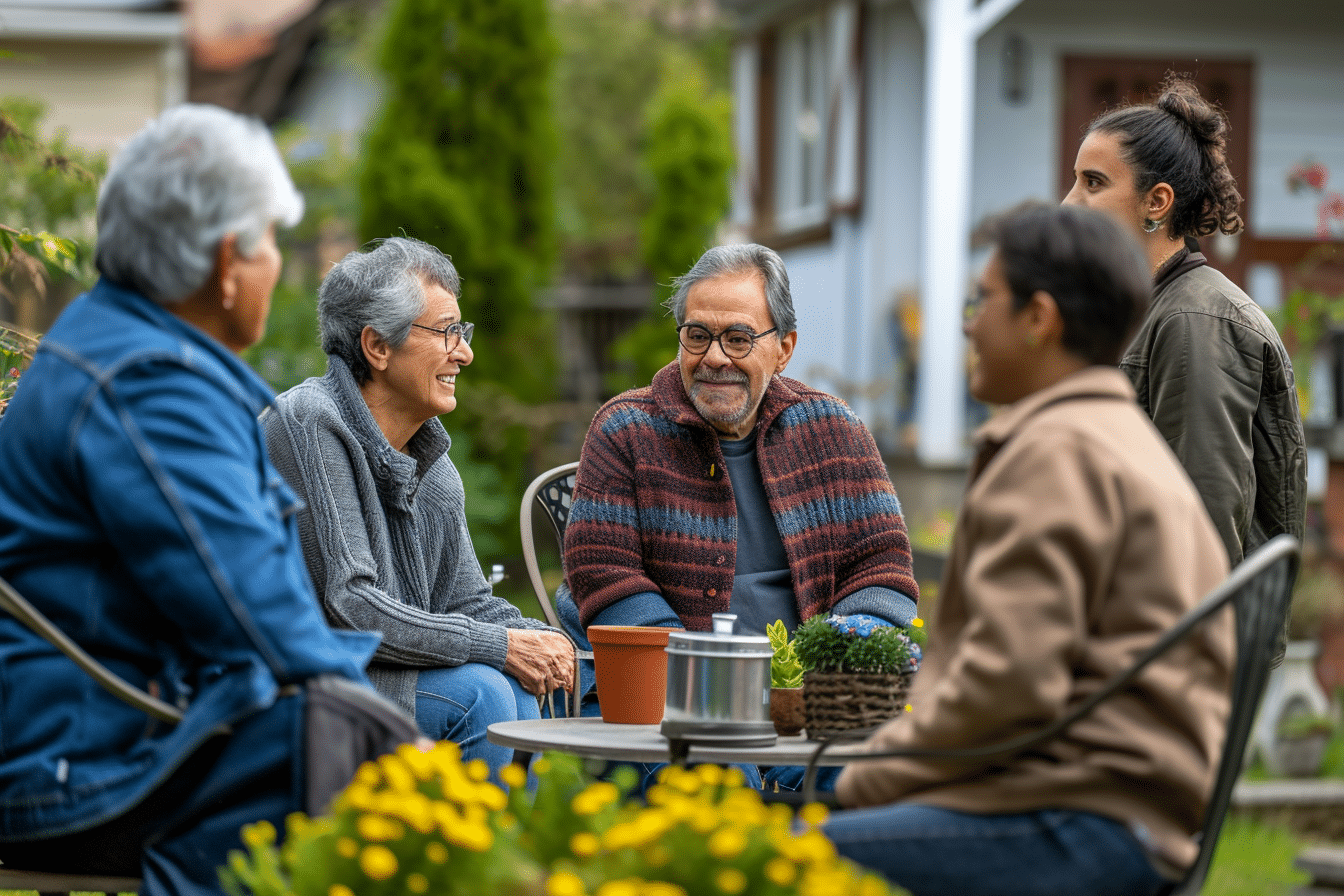
Improving Overall Quality of Life
Neighborhood watch programs have shown to improve the overall quality of life for residents. With increased safety measures, community members feel more at ease in their environment. This sense of security fosters friendliness and cooperation among neighbors, creating a more enjoyable living situation. Participation in a neighborhood watch program can also foster better communication between residents and local law enforcement, building trust and rapport. Check out the 8 Benefits of A Neighborhood Watch Program for more potential benefits.
Fostering a Culture of Preparedness
Emergency preparedness is essential for any community. Neighborhood watch programs often prioritize safety and awareness, which can extend to teaching community members about disaster preparedness and terrorism awareness. Through educational outreach and regular training exercises, neighborhood watches can help ensure that all residents are equipped with the necessary skills and knowledge to handle various emergency situations.
| Training Topics | Benefits |
|---|---|
| First Aid | Provide immediate help in medical emergencies |
| Evacuation Procedures | Learn how to leave the area quickly and safely |
| Terrorism Awareness | Become vigilant and report suspicious activity |
Community Clean-up Initiatives
In addition to promoting safety, many neighborhood watch programs also organize neighborhood clean-ups to improve the overall appearance and cleanliness of their communities. Clean-up initiatives can vary from picking up litter to planting trees and improving landscaping. These efforts not only beautify the neighborhood but also foster a sense of camaraderie among residents. A well-maintained environment can also have a positive impact on mental health, leading to happy and content community members.
- Benefits of Community Clean-up Initiatives
- A cleaner, healthier environment
- Stronger connections between neighbors
- Increased property values from improved neighborhood aesthetics
Collaboration and Networking

Partnering with National Organizations
A neighborhood watch program is most effective when it collaborates with national organizations such as the National Sheriffs’ Association and the National Crime Prevention Council. These partnerships provide the watch program with invaluable resources, training materials, and guidance on best practices. Additionally, partnerships with national organizations often lend credibility to local neighborhood watch efforts and can help to foster a sense of trust and camaraderie among community members.
Establishing leadership within the watch program is essential, and these national organizations can assist by offering training and development opportunities for established and aspiring leaders. It’s vital to have a committed, reliable team to ensure the program’s success.
Community Engagement and Workshops
Involving the broader community is essential for a neighborhood watch program to thrive. Through various methods of community engagement, the watch program can increase awareness, participation, and support from local residents.
One effective way to engage the community is by offering workshops. Workshops create a space for residents to learn skills such as crime prevention, personal safety, and conflict resolution. These events often encourage open dialogue and empower community members to take an active role in maintaining the safety of their neighborhood.
To further strengthen relationships, the neighborhood watch program can collaborate with local neighborhood associations to co-host events and discussions. This collaboration enables the watch program to build trust and foster a sense of shared responsibility among community members.
Here are some ideas for workshops and events to kickstart community involvement:
- Home security assessments: Teach residents how to identify and mitigate potential security risks in their homes.
- Self-defense classes: Provide training on personal safety and self-defense techniques for the community.
- Online safety seminars: Help residents understand cybersecurity and protect themselves from online threats.
Remember, a successful neighborhood watch program relies on strong collaboration and networking. When residents feel supported by national organizations, engaged with their local community, and empowered to take action, they’re more likely to work together to create a safer, more connected neighborhood.
Maintaining a Successful Neighborhood Watch
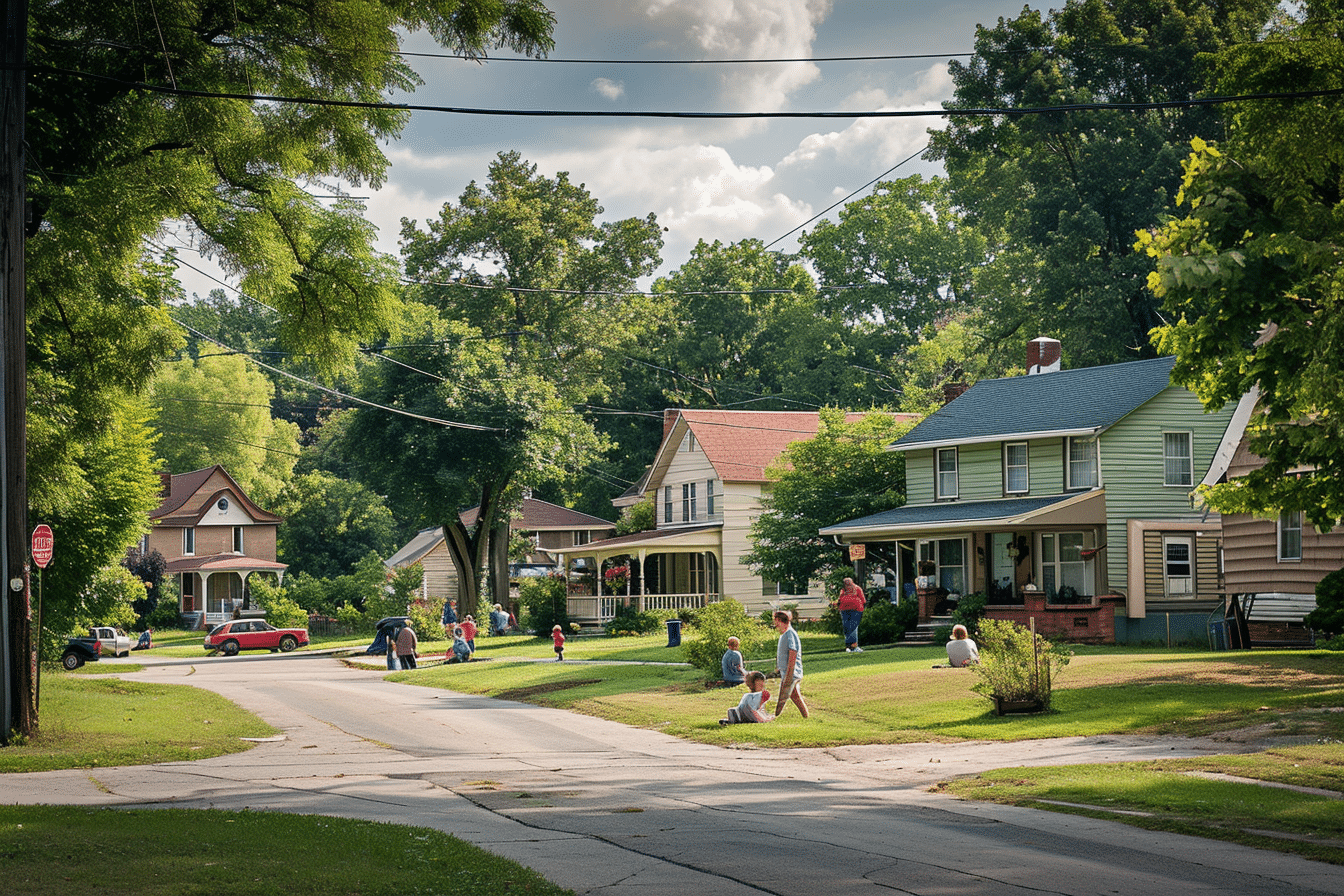
Effective Communication Channels
One key element to a successful neighborhood watch program is having effective communication channels in place. These channels allow residents to share information and report suspicious activity quickly and efficiently. Communication coordinators often play a vital role in managing these channels.
Popular communication channels include social media platforms, chat groups, and email lists. Make sure to establish clear guidelines for using these platforms to keep conversations relevant and respectful. Additionally, consider incorporating old-school methods like phone trees for non-digital residents.
Regular Meetings and Updates
Regular meetings are essential in maintaining momentum and staying up-to-date on neighborhood issues. Meetings provide the opportunity to discuss past events, establish new goals, and formulate an action plan.
| Meeting Topic | Frequency |
|---|---|
| Incident Review | As needed |
| Updates & Reminders | Monthly |
| Planning & Strategy | Quarterly |
During each meeting, assign someone to take minutes and distribute them among participants afterward, ensuring everyone is informed. Include a brief summary of discussions, decisions made, and follow-up steps for participants to review.
Engaging in open communication during regular meetings and fostering a sense of community are crucial to enabling continuous improvement in your neighborhood watch program. Remember, it’s a team effort that relies on the commitment and collaboration of all participants.
Luxury Specialist at McGraw Realtors
With a diverse background, including a career as an Air Force fighter pilot and entrepreneurship, Bill transitioned to real estate in 1995. Co-founding Paradigm Realty with his wife, Charlene, he quickly rose to prominence in Oklahoma City’s luxury real estate scene. Now, as one of the top agents with annual sales surpassing $20 million, Bill’s dedication to exceptional service remains unparalleled. With a legacy spanning over two decades in the industry, Bill’s expertise and commitment make him a trusted name in luxury real estate.